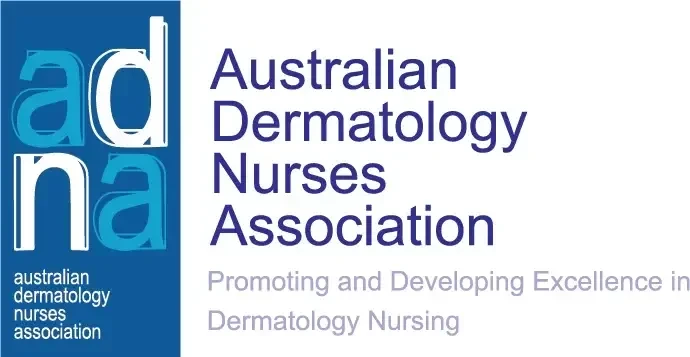
Annual Conference Abstract Submission Guidelines
Categories
Scientific abstracts are intended to communicate the findings of qualitative or quantitative research studies, protocols for reviews, reviews, or good quality audits, undertaken using formal research methods and meeting a quality threshold.
Case histories are intended to encourage active and thoughtful dermatology nurses to share unusual or interesting cases with colleagues, with the intention of providing novel information and stimulating debate.
General interest submissions with informal research processes that would be of interest to the practice, service organisation or personal development of dermatology nurses.
Current and historical dermatological nursing care and how our past informs the present and influences the future of dermatology nursing.
All abstracts are peer reviewed by current dermatology nurse academics and students.
Abstract format
Abstracts MUST be submitted online. You may submit more than one abstract.
Word limit – Maximum size 350 words.
Tables and figures – cannot be included in abstracts, however, posters can contain them.
Content – All abstracts require: The title of the article (no more than 20 words) and authors, plus affiliations.
Abstracts and posters will be displayed on a rotating PowerPoint.
Capitalise only the first word not each one. No full stop at the end. Please DO NOT use upper case for the title. • A list of the full names and institutional affiliations for all authors • A nominated correspondence author including an email address
Scientific abstracts should have the title (max 20 words), authors and affiliations. Abstracts then need to be structured under the following sub-headings: Aim/objective, Introduction/background, Method, Results, Conclusions and Keywords.
- Aims/objectives: Reflects pertinent background information and the purpose of the study (the hypothesis that is being tested) [25 words maximum]
- Introduction/background: Broad background of the need/ reason for new information/research. Note current literature to prove need, what will be discovered and summary of result or expected result (if protocol of review).
- Methods: The research design, setting for the study (or studies if a review), format with PICO (participants, interest or intervention, comparison, outcome) or PCC (participants, context, concepts) for scoping review. Exclusion criteria and if limited by date or language, or context, please note. The type(s) of statistical analysis used.
- Results: The outcome(s) of the study and, if appropriate, the statistical significance if appropriate.
- Conclusions: The significance of the results.
- Keywords: five keywords that will trigger a person searching your information.
Case histories
If you are submitting a case study, you do not need to follow the above structure. It can be in paragraph format. It should outline the patient history, presenting case
- Summarise the holistic assessment process and the validated assessment tools used
- Explain how the person’s condition was diagnosed
- Critically analyse your role, and discuss the nursing interventions used to motivate the person to manage their condition
- Plan how the current treatment regime will be managed and set future evaluation goals
- Evaluate the patient’s current treatment and any previous treatments that the patient has received
- Outline any specific treatment education resources that were provided to the person and/or family.
General Interest Abstracts
These submissions are not intended to constitute formal research but will still be best received by delegates where there is some sort of structure for example: practice development, review of practice (audit), and example of best practice, etc.
The title and authorship apply as per the other categories.
Greater flexibility will be given to submissions in this category.
Structured as: PDSA—Plan, do study, act for clinical improvement
SMART goal—specific, measurable, achievable, result oriented, timely
- Why we did
- What we did
- What we found
- What it means
The current and historical Dermatological Care Abstracts
Informal research containing information relevant to dermatology nursing within an Australian context. This means best practice, workplace protocols, hints and tips for procedures etcetera. Title, authorship, and affiliations, as per the other categories. Must remain within the 350-word limit.
The peer review process will be conducted before the conference. Please remember that no identifying features such as patient, names of hospitals, clinics or cities should be listed in the title or body text of the abstract, but author details are essential.
Kind regards,
Vivienne Speirs
ADNA President
